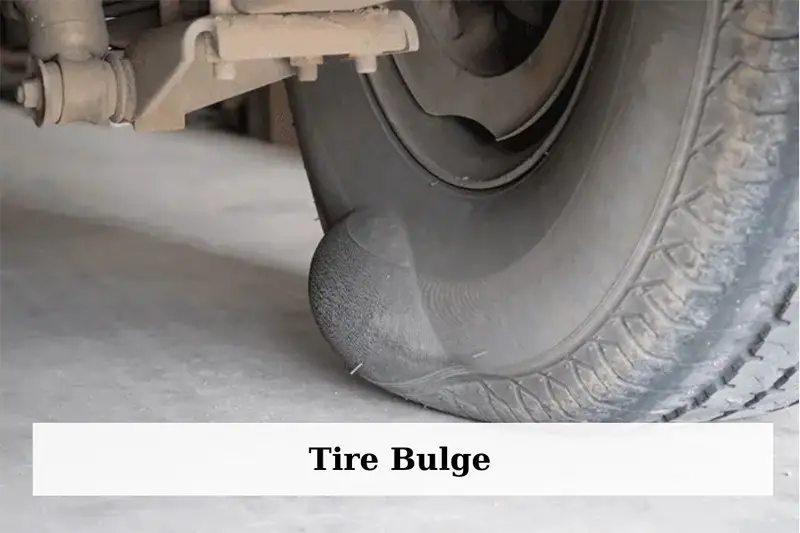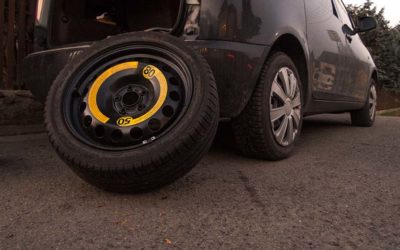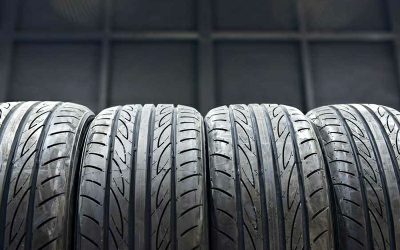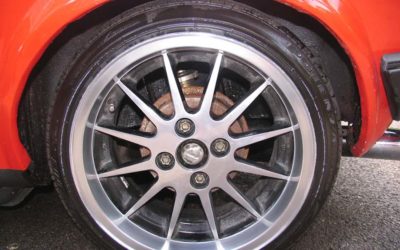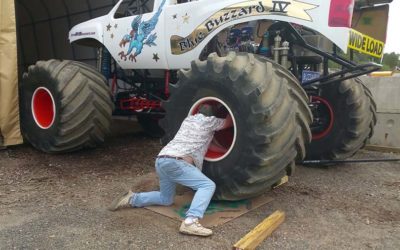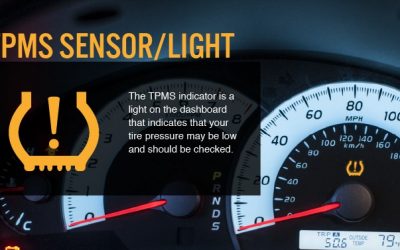Have you ever wondered about the tire bulge phenomenon? This issue must have been brought up once or twice if you drive frequently.
The phenomenon of having a bulge in tires greatly affects the driving experience and your safety on the road. Therefore, you want to read the information provided below to understand tire bulge, its solutions, and tips to reduce the risk of experiencing it.
How Bulges in Tyres Occur
After a period of use, for diverse reasons, the fiber and steel structure inside the tire is damaged.
Then, the air inside the tire accumulates inner and outer layers from this damaged state to create at least a bubble on tire wall, causing it to become blistered. Therefore, people call it a “bulging tire.” This situation can occur in any tire you use, regardless of a motorbike or car.
How To Realize The Tire Bulge
The first sign to realize a bubble in the sidewall of tire is from driving. The driver will detect shaking and unbalanced feelings during movement. They are pretty obvious if you pay attention. Also, these feelings are accompanied by a slightly annoying noise.
In addition, when you hit a pothole on the road, you can feel that the car with tire bulges has different signs compared to its initial condition.
Is tire sidewall bulge safe to drive?
It’s noteworthy that when the drivers get these signals, they should stop operating the vehicle immediately and check the tires carefully.
If the drivers don’t pay attention to tires bulging and switch their tires as soon as possible, the chance of unnecessary risks and accidents increases significantly.
See more: Tire Blowout
What Causes Bubble In Tire?
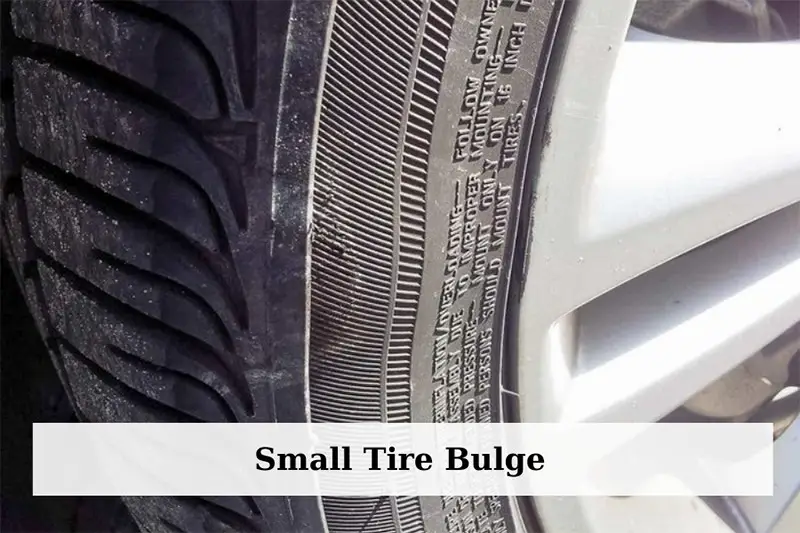
The list contains the most typical reasons but not limited to only them.
- Some come across tire bulges because of manufacturer errors. However, this tire bubble cause’s probability is slightly low.
- The tire inflation is too low as it causes damage to the fiber structure when you drive. Therefore, as your vehicle operates, it will bulge in tire wall.
- During driving, some potholes and obstacles damage the fabric texture and steel fiber structure inside. It is the tire bulge cause that many drivers face.
- When you often carry overloaded stuff or people for a long drive, the extra weight causes a bubble on the sidewall of the tire.
- One of the reasons comes from patching the tire without standards. As grinding too much inside the tire, it will make the patching area thinner than in other locations. In this case, if you inflate the tire too much, it will make the tire bulge sidewall.
Once you figure out what causes bubbles in tires, it’s time to find a suitable solution for your specific case.
How To Fix A Bubble In Your Tire?
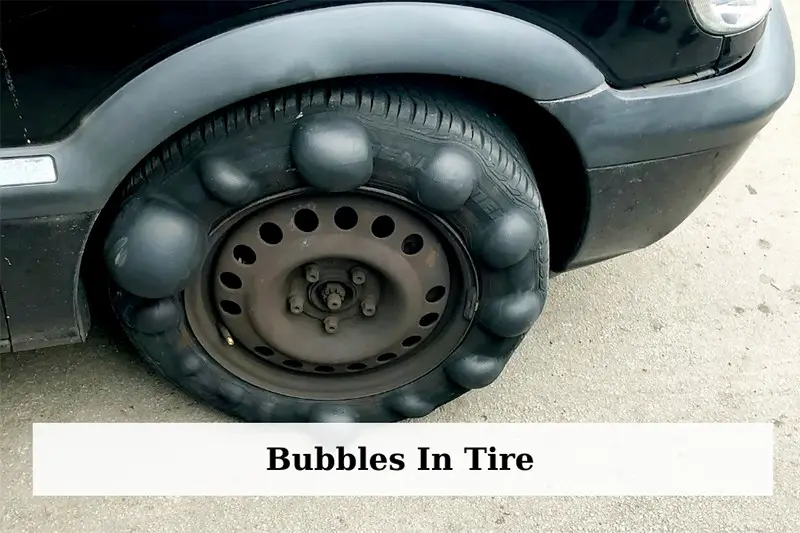
If there is a bulge in the tire sidewall, drivers are advised to change to new tires. This sign suggests that the old tires have been seriously damaged and can explode at any time.
However, when facing a bump on the tire, drivers need to control the vehicle at a moderate speed and avoid collisions with obstacles or potholes on the road. Then, it’s best to go to the nearest shop to repair the car.
Changing a new car tire will ensure safety. If the shop does not have the correct type of tire or does not guarantee quality, it can be temporarily fixed by grinding the inflated tire position and then patching the inside and outside.
However, it is only a temporary fix, and drivers still have to change the tires to qualified ones as early as possible.
How To Reduce The Risk Of Getting Tire Bulge?
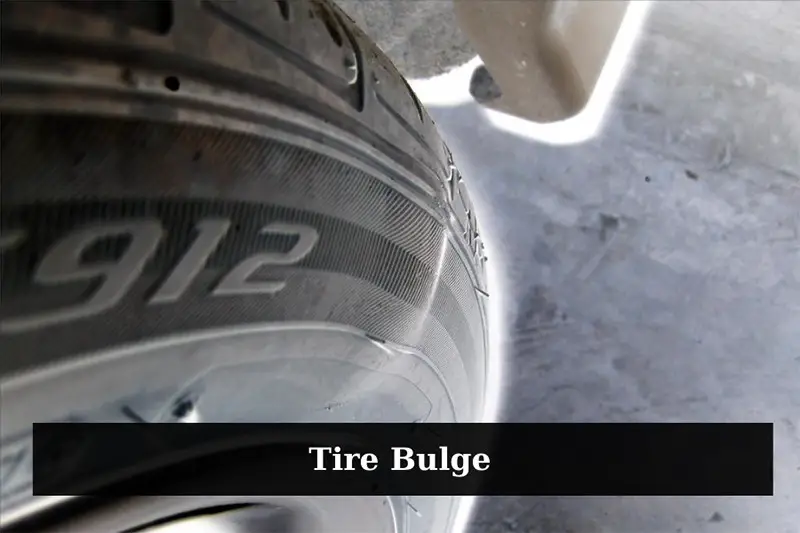
However, prevention is better than cure, so you may want to keep in mind the advice below to reduce the risk of getting a bulge in tire sidewall.
- It’s against expert advice to park your vehicles too long in the hot sun. The high temperature possibly causes a bulge in car tires.
- It is advisable to observe potholes, obstacles, and rough roads when traveling to adjust the appropriate speed. Also, please decrease the speed when going up and down the sidewalk.
- It is necessary to regularly check the tire pressure to avoid too soft or too inflated tires and replace damaged tires timely.
- You want to inflate the tires to an appropriate pressure level with and without load and avoid inflating too much at all costs. This action easily leads to tire deformation when moving.
- When changing tires, it is necessary to check and choose a reliable tire provider and repair shop. The best way is to use genuine products and avoid buying tires of unknown origin with poor quality and a short lifespan.
- Carrying stuff should be based on the vehicle’s weight and standards.
- If the tire has been inflated, do not move at high speed in any case and bring your vehicle to a reputable mechanic to ensure safety.
The advice above is collected from real situations; following them will help you minimize the risk of getting tire bulges.
Final Thoughts
It is necessary to understand tire bulge to react appropriately if you face this issue. Especially if you find any tire bulge in your vehicle, please change the new one for maximal driving safety.
Hopefully, our article will bring you useful information on the automotive topic.

